We may earn money or products from the companies mentioned in this post. This means if you click on the link and purchase the item, I will receive a small commission at no extra cost to you ... you're just helping re-supply our family's travel fund.
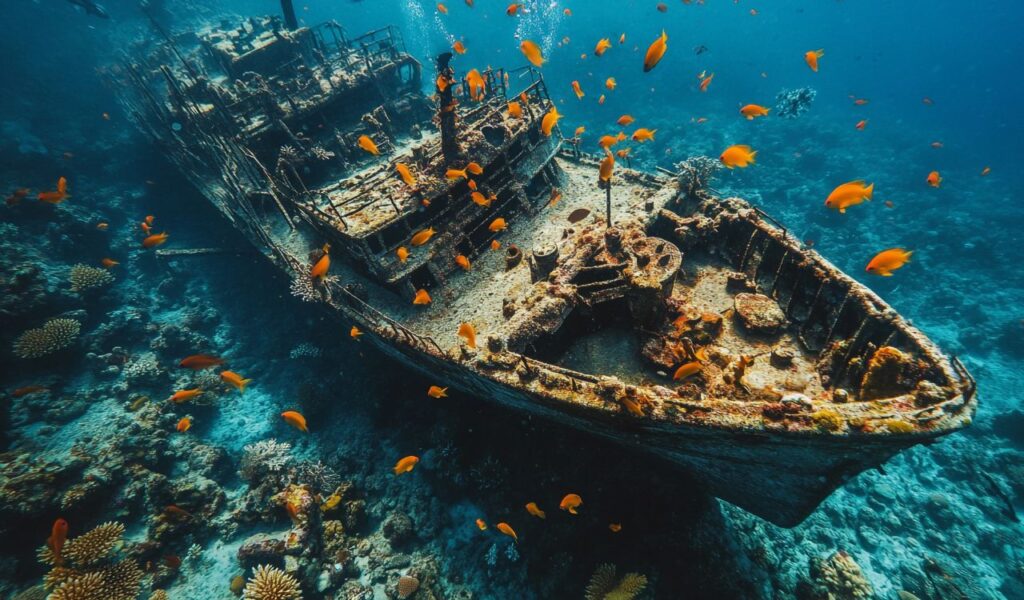
Exploring a shipwreck is one of diving’s greatest thrills. These underwater relics hold history, mystery, and vibrant marine life, but they also come with risks that demand preparation and respect. Unlike a calm reef, wrecks often mean deeper water, stronger currents, and tight overhead spaces. With the right training, equipment, and mindset, they can be safe and unforgettable. Here are ten things to know before your first or next wreck dive.
1. Keep Your Gear in Top Condition
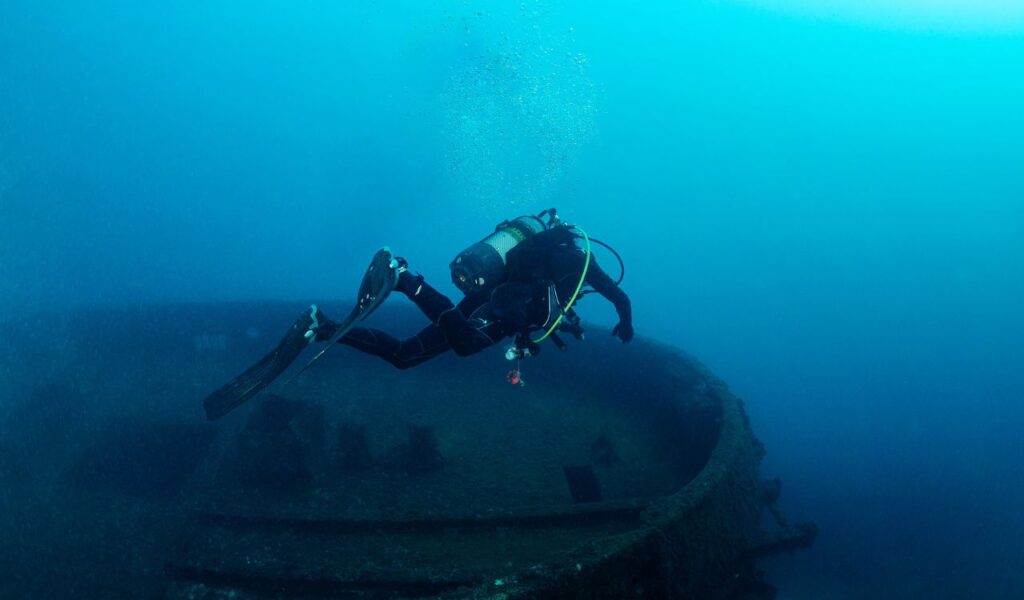
Wreck diving puts more stress on your equipment than a typical reef dive. Regulators must perform smoothly at depth, fin straps need to hold, and lights must be bright enough to cut through shadows. Even a minor issue on land can escalate underwater. Service your gear regularly and do a full check before leaving the boat. Reliable equipment lets you focus on the wreck, not the risk.
2. Bring Wreck-Specific Tools
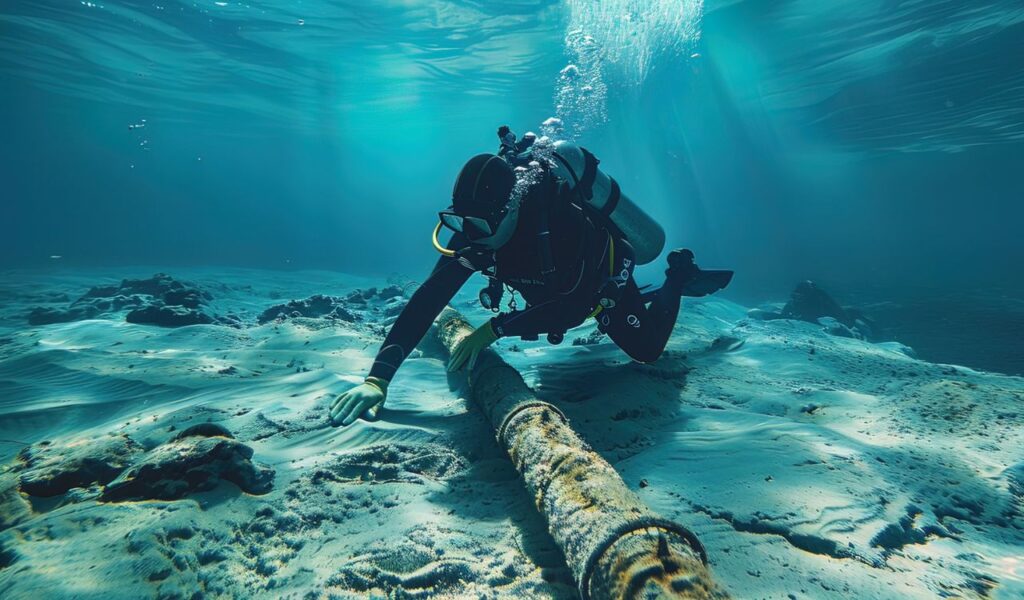
Standard gear isn’t enough when you’re dealing with enclosed spaces or hazards. Always carry a reel or spool to help you retrace your path, powerful dive lights to see inside, and at least one sharp cutting tool for nets or lines. A surface marker buoy is equally important, especially in current, so the boat crew can track you. These tools turn a dangerous dive into a safe adventure.
3. Get Proper Wreck Training
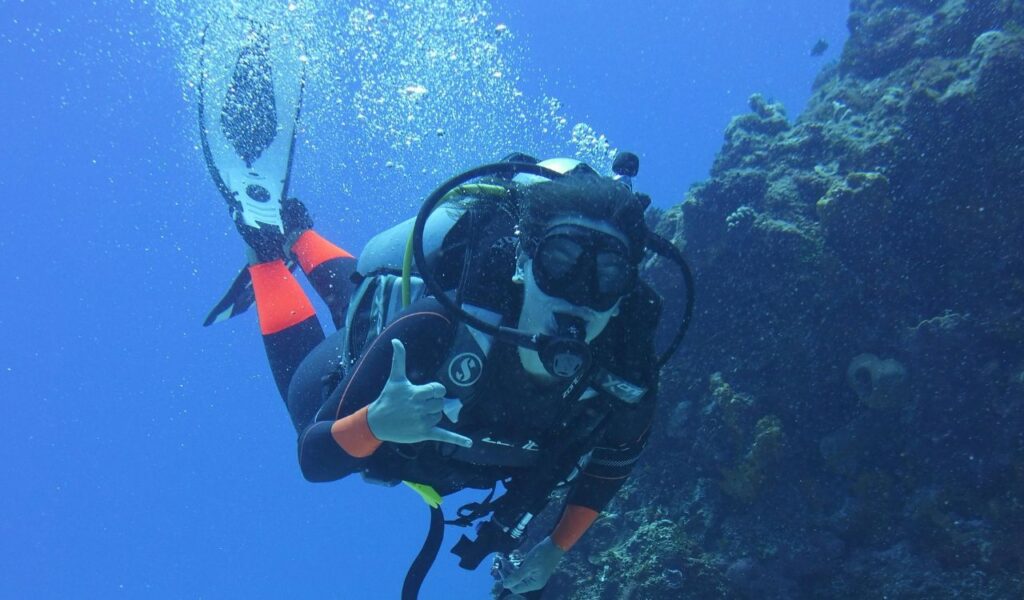
Shipwrecks often involve overhead environments, silt that reduces visibility instantly, and passages with only one way in and out. Without training, entering them is risky. Specialized wreck diving courses teach navigation skills, line use, emergency drills, and gas planning. Even if you plan to stay outside the hull, proper instruction prepares you for the unique challenges wrecks present.
4. Plan Your Depth and Gas Carefully
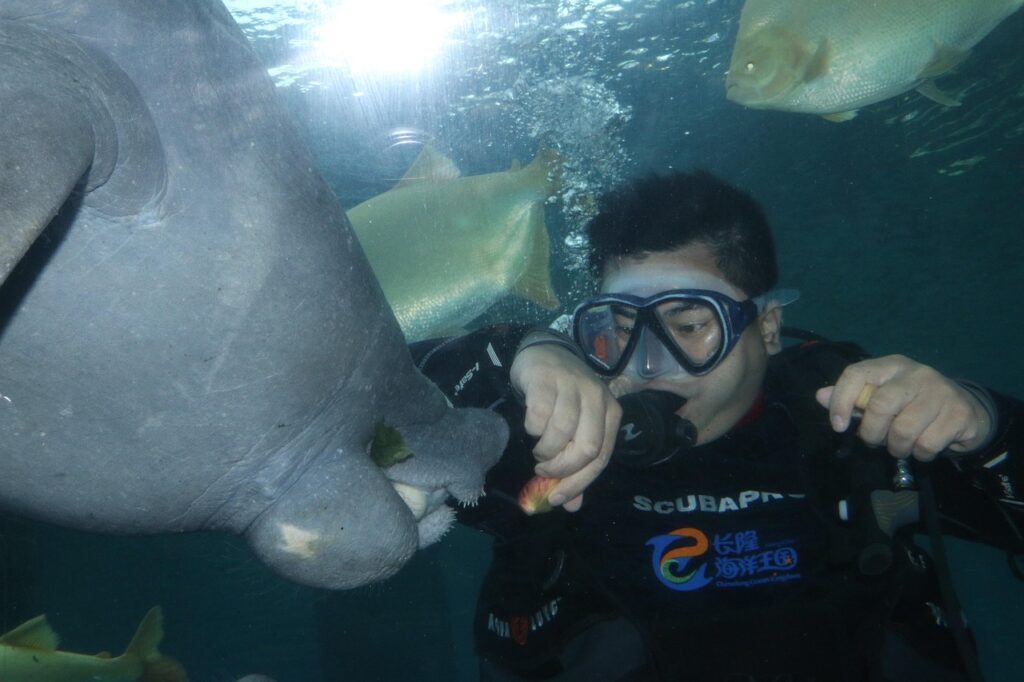
Wrecks usually sit deeper than coral reefs, which means you’ll burn through your air faster and face stricter limits on bottom time. Careful gas planning is non-negotiable. Monitor your gauges often, calculate your turnaround point, and reserve enough for your ascent and safety stop. Depth management is what keeps a fun dive from becoming a dangerous one.
5. Practice Strong Buoyancy Control
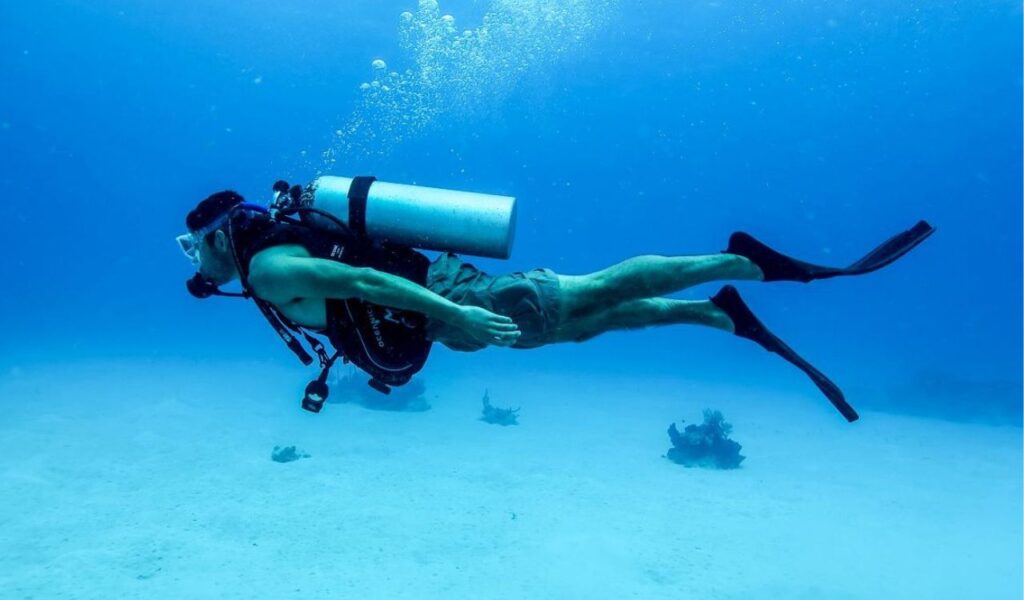
Perfect buoyancy is a must in wrecks. Stirring up silt can blind you and your buddy within seconds, while bumping into beams or walls risks injury or damaging the site. Controlled hovering lets you glide smoothly through passages and conserve energy. Practicing buoyancy before wreck diving helps you move confidently in these delicate environments.
6. Be Ready for Currents and Hot Drops

Many wrecks are located in areas with shifting currents, making navigation tricky. Using descent and ascent lines helps you stay oriented, while a reel provides backup if visibility drops. Some dives require a hot drop, where you enter directly above the wreck from a moving boat. That means being fully geared up and ready before stepping off. Preparation here is everything.
7. Listen Closely to the Briefing

No two wrecks are the same, and the dive crew knows their site better than anyone. The briefing will cover entry and exit points, current strength, and hazards to avoid. Skipping or tuning out this step is like diving blind. Paying close attention gives you the local knowledge you need to dive confidently and safely while getting the most from your wreck experience.
8. Watch Out for Entanglements
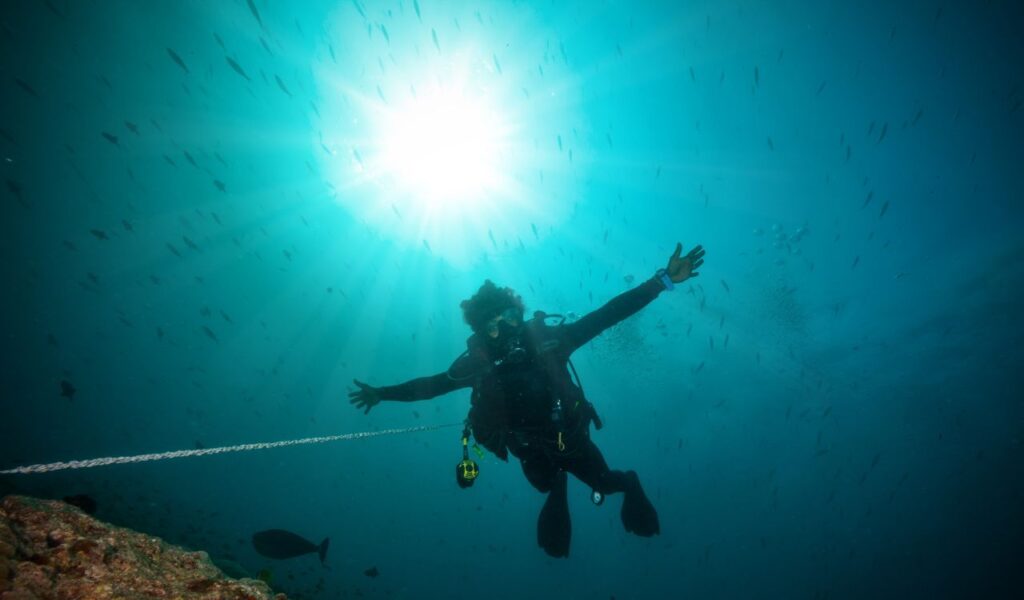
Wrecks often attract fishing lines, nets, and cables that can snare an unsuspecting diver. Move slowly, keep your hands close, and avoid swimming headfirst into areas with debris. A sharp cutting tool, kept somewhere easy to reach, is essential. If you do get caught, stay calm and work methodically to free yourself. Panic only makes the situation worse.
9. Stay Close to Your Buddy
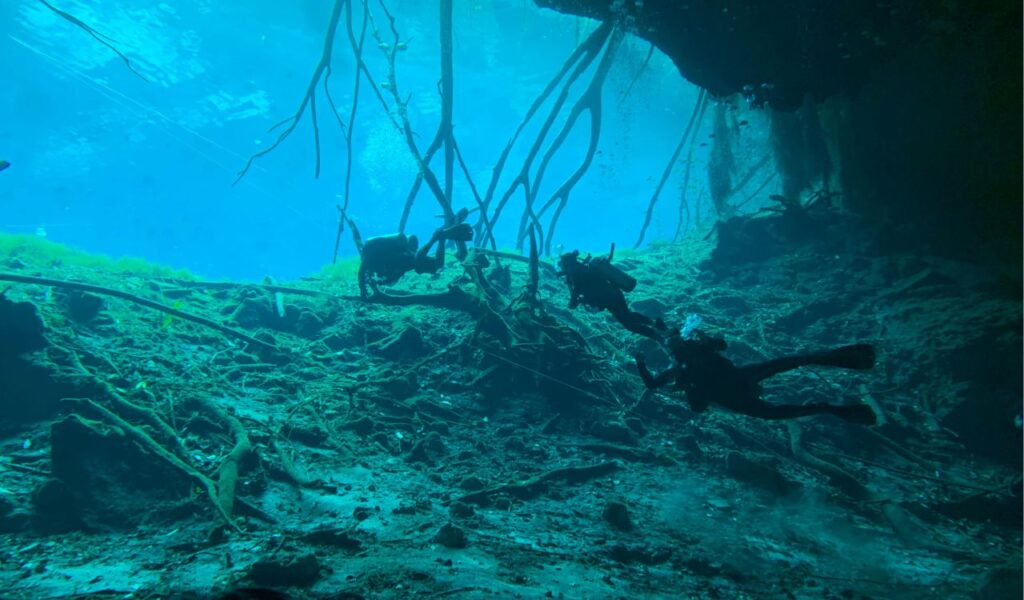
It’s easy to get separated in a wreck’s twisting layout or in poor visibility. Stick to a clear system of hand signals, check in frequently, and never wander off. Reels or guide lines can help both of you stay oriented. If separation happens, surface procedures should already be agreed upon, and an SMB can alert the boat crew to your location quickly.
10. Respect the Ocean and the Wreck

Shipwrecks are not playgrounds to tear apart—they are historic artifacts and vital marine habitats. Avoid touching or removing items, and never force entry where it isn’t safe. Respecting conditions also means adjusting plans if seas are rough or visibility drops. A responsible wreck diver leaves the site just as they found it, preserving it for both history and future explorers.